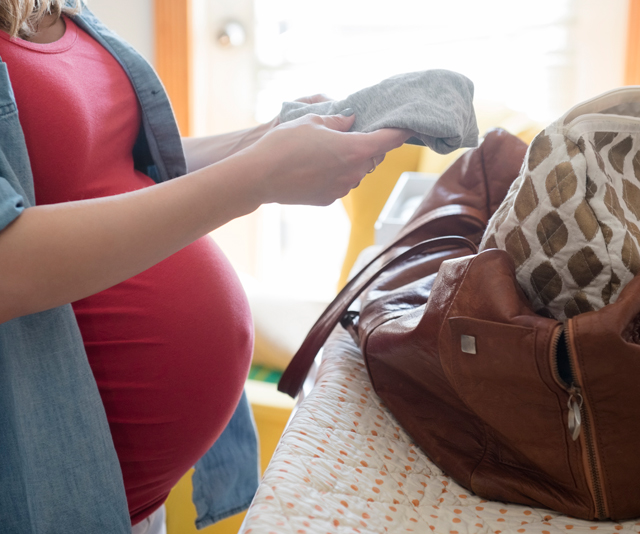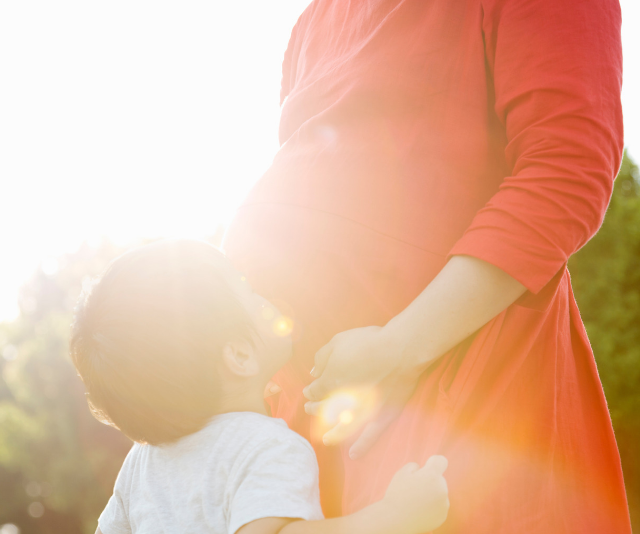When it comes to labour, it’s bloody hard work and pain relief is likely to be high on your wish list. For this reason, it’s important to know the pain-relief options that are available so you can make an informed choice when it comes to delivery day…
TRANSCUTANEOUS ELECTRICAL NERVE STIMULATION (TENS)
This works by applying tiny electrical pulses to the nerve endings just beneath the skin to prevent pain messages from the uterus from reaching the spinal cord and brain. It’s also believed to stimulate the production of endorphins, the body’s natural painkillers. Using TENS has no effect on your baby, but since this method of pain relief is based on electricity, you can’t use it in or near water.
GAS AND AIR
This is the most common method of pain relief and involves inhaling Entonox, a mixture of oxygen and medical-grade nitrous oxide. It affects women differently; they can feel giggly, woozy or confused, or it can cause nausea and vomiting. There are no lasting side effects from Entonox.
PETHIDINE
This drug is given as a sedative – typically as an injection in the thigh or buttock – during the first stage of labour. Pethidine is usually avoided if the birth is expected within six hours, as it can cross the placenta and depress the baby’s respiratory system. Possible side effects include feeling sleepy and experiencing an unpleasant intoxicated sensation. The upside is that you can relax between contractions, but pethidine will not eliminate the pain.

It’s important to know what pain-relief options are available. (Image: Getty Images)
EPIDURAL
Getting an epidural involves a mixture of local anaesthetic and pain-killing drugs being injected into the space around the nerves attached to your spinal cord, numbing the lower part of your body. While this can provide excellent pain relief, it may mean you feel no urge to push. Your midwife will aim to allow the anaesthetic to wear off enough for you to feel the expulsive urge.
STERILE WATER INJECTIONS
The idea with this approach is to block nerve pathways so signals don’t reach the brain. Tiny amounts of sterile water are injected into four locations just under the top layer of the skin on the lower back. The prick of the needle is short but intense, like the sting from a wasp, and relief from pain has been noted to last
up to two hours.
It can be administered by midwives, has no known side effects, is immediately effective and can be repeated. It is used for back pain, not contraction pain. Sterile water injections may not be available at all hospitals, so check if it
can be done where you’ll be giving birth.
Natural therapies
Some pregnant women prefer to opt for non-chemical or alternative solutions to deal with the pain of labour and childbirth. Not all of the following natural therapies may be available at your hospital, so be sure to check ahead of time.
HEAT
Soak towels in very hot water with a drop of neroli, jasmine or rose oil, then wring them out (making sure they’re not too hot) before carefully applying them to your lower back and abdomen. A hot-water bottle or heat pack can also be effective.
MASSAGE
Massage is great for two reasons: it can be relaxing and reassuring to be massaged by your birth partner, and it can ease aches and discomfort.
WATER
Having a warm shower, bath or spa during labour is often a great help – it’s very relaxing, can reduce swelling and pressure, and helps cushion your body against the force of your contractions. Going through labour in a birth pool can also give you a feeling of weightlessness.
CONTROLLED BREATHING
Controlled breathing is one of the most effective forms of natural pain relief during labour. It is often used before or in conjunction with other methods. In the early stages, breathing slowly and deeply (in through the nose and out through the mouth) will oxygenate your body, increasing your endorphins and helping to calm you down.
As contractions intensify in the second stage, most women follow their instincts. Light breathing can be helpful at this time. Remember to pant as the baby crowns (first emerges), as it reduces the chances of tearing by slowing the delivery.

